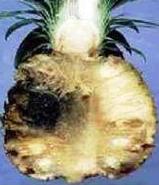Pine apple Plant
Pineapple, also known as Ananas comosus, is an outdoor fruiting plant. Plant in well-draining soil with full sun exposure. Water consistently and fertilize during the growing season. Pruning can be done to remove old or damaged leaves. Harvest ripe pineapples when ready.
Habit
Shrub
Height
1.5 to 2.5 m
Growth
Moderate
Soil
Well-drained, Sandy Loam
Shade
Full Sun
Moisture
Medium
Edible
Yes
Medicinal
No
Origin
South America
Climatic Condition
Tropical, Subtropical
Temperature (°)
25°C to 35°C
Humidity (%)
60% to 80%
Potting media
50% Loam, 40% Sand, 10% Organic Matter
Fertilizers
Organic Fertilizer
Watering
Regular watering
Plant Weight
2 to 5 kg
Flowering Time
Summer to Fall
Soil Ph level
4.5 to 5.5
Water Ph level
5.0 to 6.0
Soil EC
0.5 to 0.8 mS/cm
Yield Per Plant
10 to 15 kg per plant
NPK ratio
06:06:06
life Span
2 to 5 years
Health Benefits
High in Vitamin C, Antioxidant
Suggested Grow Media or Potting Mix ?
50% sandy soil, 30% compost, 20% perlite
Suggested Fertigation/Fertilizers
Fertilize every 6 weeks with a balanced, slow-release fertilizer.
Common Diseases and Remedies
Pineapple Pink Disease, Fusarium Wilt, Black Rot, Heart Rot.
Stunted growth, yellowing leaves Pinkish spots on leaves and fruit Wilting, yellowing leaves, vascular discoloration Blackened spots on fruit Yellowing and dying leaves in the crown
Remove infected plants, improve air circulation, Remove infected plants, improve soil drainage, Remove infected fruit, improve soil conditions.
Fungicides with mancozeb or chlorothalonil, Bordeaux mixture, Fungicides with metalaxyl or mefenoxam, Fungicides with captan or thiophanate-methyl, Fungicides with mancozeb.
HEALTH BENEFITS
· Rich in Bromelain: Aids digestion and reduces inflammation.
· Boosts Immunity: High in vitamin C.
· Supports Eye & Skin Health: Contains antioxidants like beta-carotene.
What Is A Pineapple Tree?
Ananas comosus (Bromeliaceae), also known as pineapple, is a perennial plant that grows to 1.0-1.5 m in height and produces white to yellow fruits and berries.
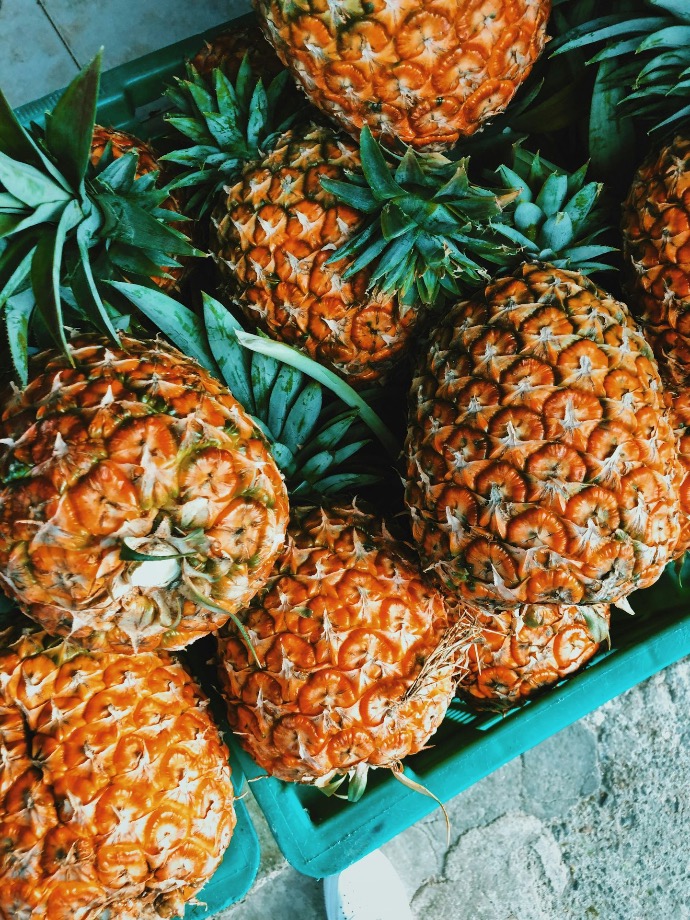
What Are The Different Types Of Pineapple Plants?1
1. Abacaxi Pineapple:-
Abacaxi Pineapple is very sweet and disease resistant, making it a very popular crop. They weigh between two and eleven pounds. They are spiny, long, and their flesh is almost translucent in colour. They are very tasty, but their commercial use is not easy.
2. Queen Pineapple:-
Queen Pineapple is produced in Australia and South Africa. Queen pineapple has a pleasant aroma and taste, but not good. Instead, they are eaten fresh. Queen pineapples are more resistant to diseases and cold than other pineapple types.
3. Red Spanish Pineapple:-
Red Spanish Pineapple, as its name suggests, is orange-red in colour and grows in the Caribbean Sea. The fruit it produces is light yellow in colour and has an aromatic taste. They are durable and fibrous, but not as delicate as others.
4. Smooth Pepper Pineapple:-
Smooth Pepper Pineapple is what you can usually find in the American grocery store. These are the main type of bromeliad growing in Hawaii and are larger than most other species, weighing between four and ten pounds. They are characterized by a distinctive yellow colour of the body, which is very juicy.
5. Kona Seker Ekmek:-
Kona Seker Ekmek is a fruit juice. Its white flesh is characterized by its high sugar content and lack of acidity. It is incredibly sweet and delicious. Another distinctive feature of this pineapple is that its core is not woody, but soft and completely edible.
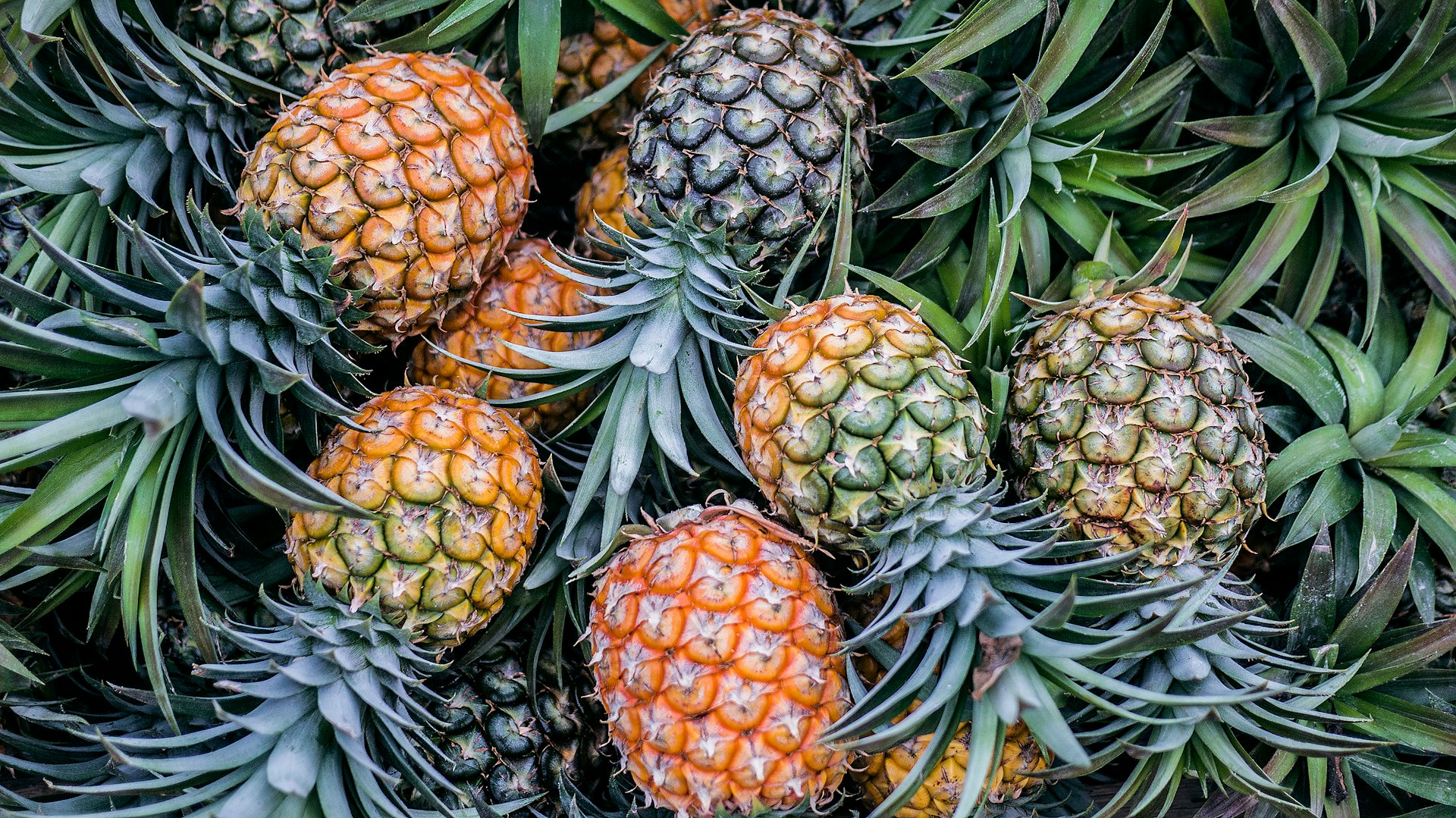
How to care for Star Fruit Plants ?
Keep some moisture in the winter months. Cut dry leaves and remove dust occasionally with a fine brush. Replace occasionally to ensure growth. Use a weak liquid once every two weeks in spring and summer, and once a month in winter.
1. Location :-
Indoor bromeliads can take up to three years to produce fruit. However, pineapples may not be as large as the fruit in the store. However, it is a beautiful plant that will add beautiful colour and texture to your home.
2. Sunshine :-
Direct sunlight is the lifeblood of your bromeliad plant. This isn't just a hobby; This is necessary for their growth and development of fruit. Seven to eight hours of direct sunlight per day is where most people live.
3. Soils :-
Bromeliads grow well in soils with good water retention, drainage and aeration properties. Tillage and stagnant water in hard subsurface soil should be avoided. The ideal temperature for successful culture is between 15.6°C and 32.2°C. The pH value should be 5.0-6.0.
4. Hydration:-
Irrigation needs. In summer, bromeliads should be watered at a rate of 0.6 IW/CPE (50 mm water depth) whenever possible. Watering should be done five to six times with 2-day intervals during the dry months. Covering crops with 6 tonnes of dry leaves per hectare will help preserve moisture.
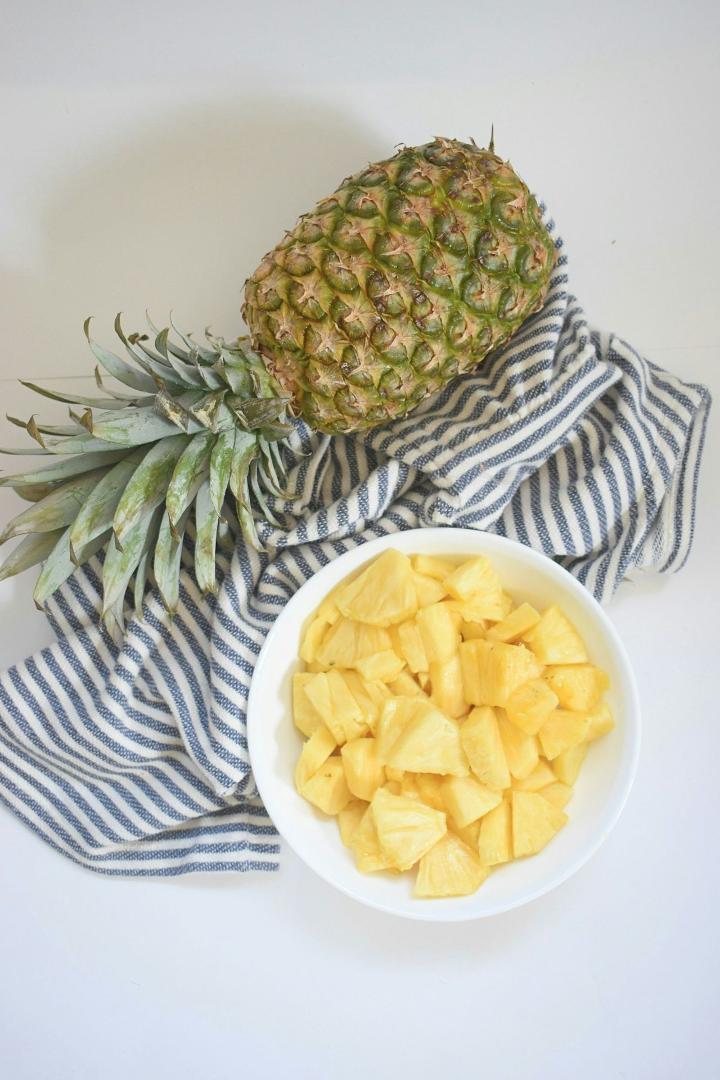
5. Nourishment :-
One of the largest varieties of indoor palm trees, this is a perfect palm plant indoors in one’s ornamental garden. It soon becomes the highlight of any place due to its gigantic and bright foliage. Originally from Madagascar, the plant loves the heat of the tropical climates with more humidity than dryness. One may grow it in large ceramic pots to accommodate the beauty that it is!
6. Issues
There are several factors influences operation risk on pineapple production have been choose in this study which are pest and disease, manpower issues, technology usage and environmental
What are the Benefits of Pineapple ?
Treats cold and cough , Strengthens bones , Treats cold and cough , Prevents cancer , Helps in cancer treatment , Good for eyes , Reduces neck symptoms , Prevents high blood pressure.
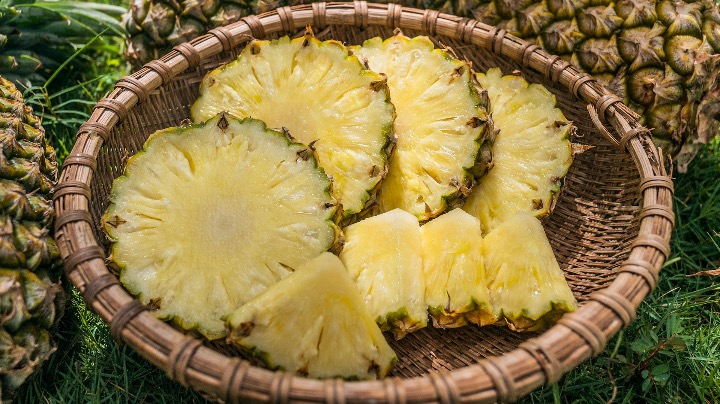
FAQs About Growing Pineapple
1. How to care for fruit in winter?
Remove dry leaves and remove occasional dust with a fine brush. Replace occasionally to ensure growth. Use a weak liquid once every two weeks in spring and summer, and once a month in winter.
2. Can I grow pineapple at home ?
can successfully planted pineapple roots as long as it gets enough temperature and enough moisture, it will start growing in a few weeks. The pineapple will bear fruit within two years after eating the roots. However, the length of time may vary depending on your schedule.
